What is motor timing? You can change it in the BlHeli configurator, but what does it do? Many tutorials say that you should increase Motor Timing. What is the gain of doing so? And why is it in degrees (at least in BLHeli_32)? The short answer is: higher timing equals slightly more torque but less efficiency.
The motor timing is essentially how the ESC times the electrical energizing of motor’s phases relative to the physical position of the rotor’s magnets. In a brushless motor, the ESC switches power among the three phases in a sequence designed to keep the motor spinning.
The timing parameter, expressed in degrees, refers to how much ahead of the rotor’s actual magnetic position the ESC applies the power.
In practice, setting a higher timing angle means the coils are energized a bit earlier, giving you a slight boost in torque because you’re “leading” the motor. Conversely, a lower timing can enhance efficiency, since you’re more closely matching the motor’s natural magnetic progression, thus reducing energy waste and heat buildup
Increasing timing generally yields more torque that can be beneficial in racing or aggressive maneuvers. However, these benefits come at the cost of efficiency, which can lead to slightly higher energy consumption and potentially more heat generated in the motor.
On the other hand, a lower timing value might deliver more refined and efficient performance, which is especially valuable for smoother, longer flights and better battery utilization.
Every motor and ESC combination is a bit unique, pilots often experiment with timing settings within the BLHeli configurator to find the sweet spot that matches their specific performance goals and hardware characteristics.
Summary
Motor timing is a vital parameter for tuning drone’s performance. By adjusting the timing, you’re effectively shifting when the ESC fires relative to the rotor’s magnetic field, and this subtle change can impact everything from instantaneous torque to overall efficiency and thermal behavior. If you’re experimenting with motor timing, also consider how it interacts with other settings, like ramp-up power and ESC protocol, to create a balanced, reliable flight performance.



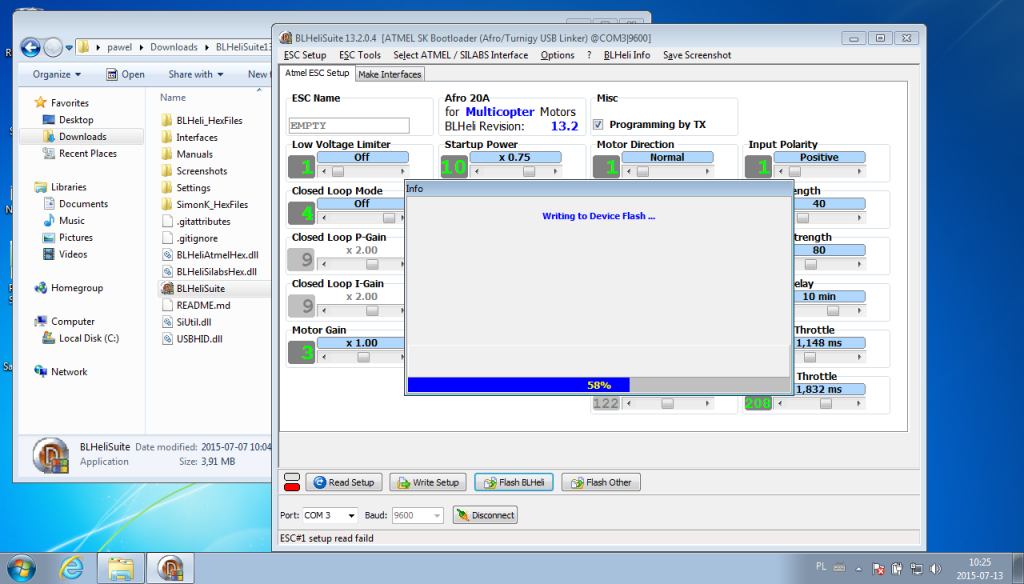
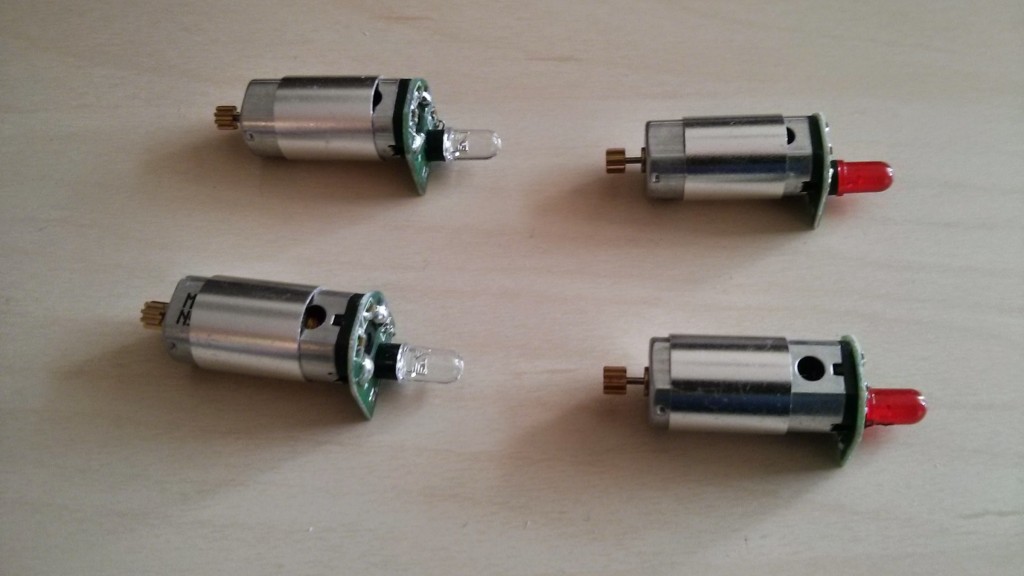
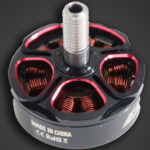
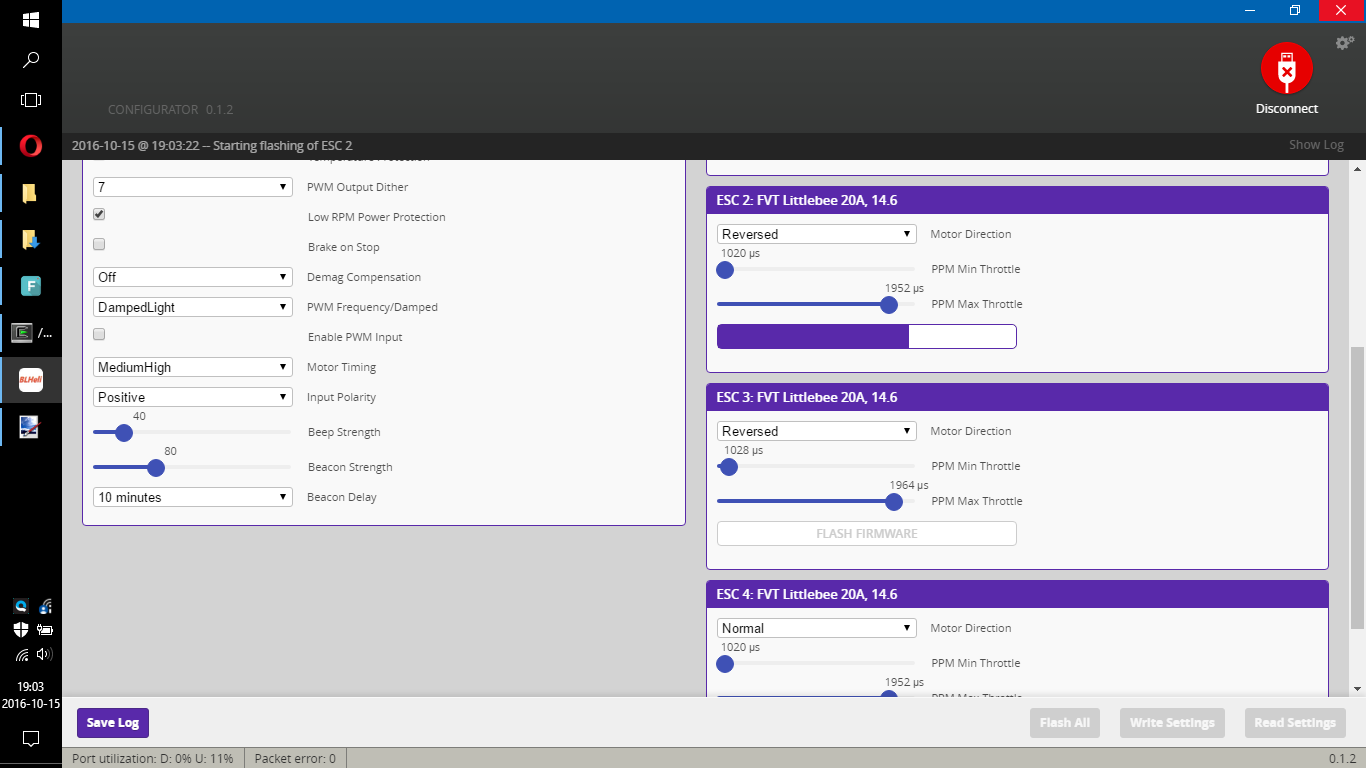
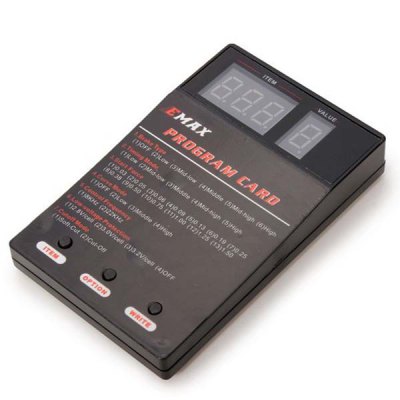
Leave a Reply